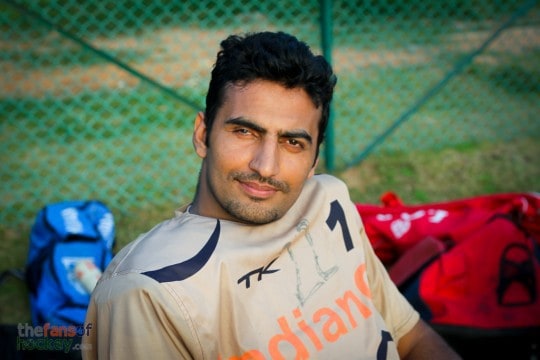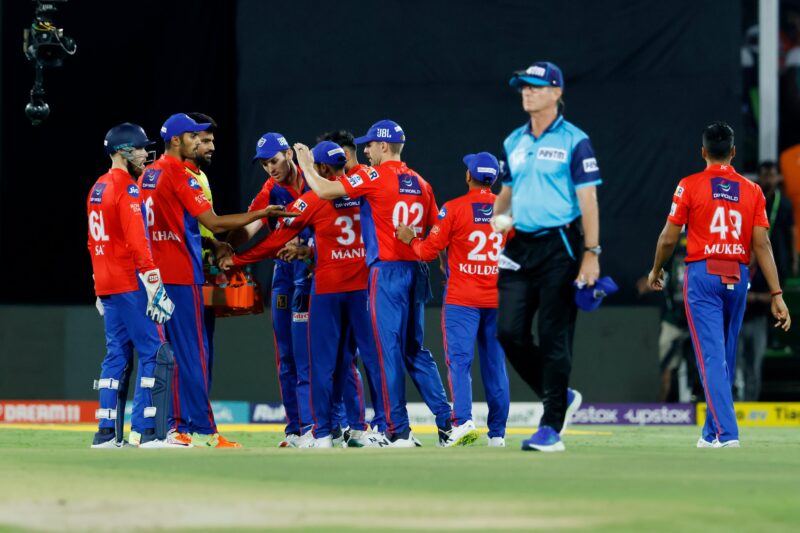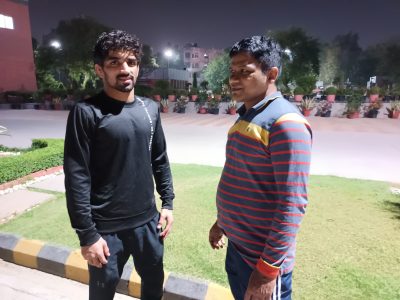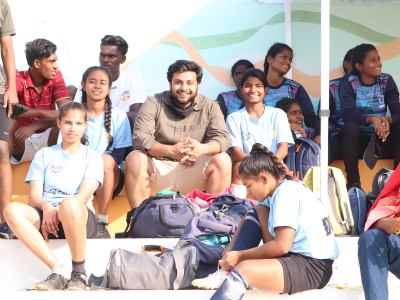While the nation lauds the epic comeback of Sandeep Singh from a near fatal injury, through Soorma, there are many players who could not make a return from a career-ending injury, due to lack of rehab facilities and ignorance of sports bodies
On 22nd August 2006, one shot of a bullet changed the whole landscape of Indian hockey. Sandeep Singh, then one of the biggest rising stars of the Indian hockey team, was shot accidentally on the spinal cord, which paralysed him waist down. When he was taken to the hospital, doctors said that chances of him walking again were very bleak. But like a true champion, he came back and went on to become one of the all-time greats in Indian hockey. Now Bollywood has immortalised his amazing comeback story on screen with the recently released Soorma, starring Diljit Dosanjh as Sandeep Singh.
It was not only Sandeep’s determination and willpower but help from the hockey federation that helped him in his comeback. The federation handed him a Rs 35-lakh cheque and sent him to an injury rehabilitation facility in Holland, so that he could recover from his near fatal injury. But not all players have been as fortunate as Sandeep. There have been many such instances where sportspersons have been victims of injuries and illnesses because of which their careers have come to a screeching halt.
Sandeep’s former compatriot in the Indian National Team, goalkeeper Baljit Singh Dhadwal, suffered a complete opposite fate.
In 2009, during a golf-ball practice session of the Indian team in Pune, Baljit was hit in the eye by a speeding golf ball. He fell on the ground with blood flowing from his right eye. He was rushed to the hospital and was later sent to the eye centre at AIIMS in Delhi. After much difficulty, he recovered, but when he went for the national trials he was omitted from the team. In his medical report, it was written that he could not be selected for the national team because he had lost peripheral vision in his right eye, which is extremely important for a hockey goalkeeper.
In later years, when he played and did so well for his home team of Chandigarh in various national level tournaments, and even earned the man of the tournament trophy in the National Championships in 2011 — where he led his home team Chandigarh gold — he was never again selected for the National team. “We didn’t want to risk a player with little vision to play for the Indian team, even though he was in good form,” says a Hockey India official who doesn’t wish to be named. “Maybe if the federation had spent some money and sent him to a world class rehab facility, he would have come on top,” added the official.
Former badminton player, Nirmala Kotnis, was one of the rising stars of Indian badminton. “I was one of the stars at the junior level and was making strides in the senior level, and I was considered one of the three best women badminton players in the country,” says Kotnis, who works with Pullela Gopichand. “I was selected to play for the 1999 Asian Championships in Singapore. In the last practice session, before going to Singapore, I felt a niggle on my knee. But I couldn’t figure out what it was. I consulted the doctors but even they couldn’t detect the problem, even though I was suspecting a ligament tear. Since I could perform all the exercises that a person with a ligament tear could not have performed, the doctors thought it was the result of a big jerk that I had suffered during a practice session,” she says.
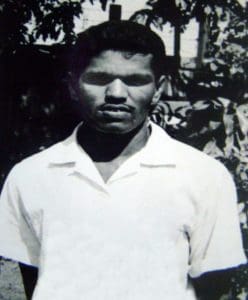
“During my time at the Asian Championships, I could barely walk as I felt my knee buckling. I still reached the quarter-finals of the tournament, but ultimately couldn’t carry on because of my injuries,” Kotnis adds.
When she came back to India, she felt that the pain had increased. She then went for a medical check-up. The X-Ray report revealed that she had a severe ligament tear and that she needs to be operated immediately. “The recovery period post-surgery was extremely testing for me. I had sleepless nights for two months because of the seething pain. I couldn’t even walk,” she says, adding, “At that time, the rehab process was dreadful. I remember my brother teaching me how to walk, and my mother helping me to excrete.. “Back then, we didn’t have any quality rehab centres in India. Let alone rehab centres, we didn’t even have proper sports surgeons, dieticians and physiotherapists,” she says.
“When I came back to the badminton court after 18 months, I could never make it to the level that I had achieved before my injury, mainly because of the trauma I had suffered during my rehab,” says Kotnis. “In good rehab centres, they not only take care of your physical fitness, but also ensure that you get out of the trauma of injury. Maybe if the badminton association had spent some money and sent me to some good rehab facility abroad, I may have recovered,” she adds.
Former footballer and current head coach of Mohun Bagan Football Club, Sankar Lal Chakroborty, also suffered an injury that cut short his playing career. “I had suffered a femur fracture in 1997, while playing for East Bengal, and while trying to tackle center forward Chima Okeri of Mohun Bagan. I underwent rehab and came back, but somehow I once again fractured the same bone in 1999, and ultimately had to retire at the age of 25,” he says with regret. “The medical facilities back then weren’t as advanced as they are now. So when I got my fracture for the first time, I didn’t get proper treatment and hence broke my leg once again,” he adds. “I feel very sad that I could not continue my dream of playing football at the highest level and I was forced to retire at such a young age,” says Chakroborty.
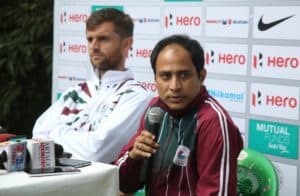
Tulsidas Balaram was considered one of the premier strikers in the history of Asian Football. A master right winger, he was part of the famous triumvirate of players which consisted of him, Chuni Ganguly and PK Banerjee, and was part of the Indian team of the late 1950s and early 1960s, often dubbed as the ‘Brazil of Asia’. But his sprawling career at the national team and East Bengal came to a standstill when Balaram was diagnosed with acute tuberculosis.
“I could never recover from the illness, and it took me almost a year to get back to my previous shape. Due to lack of practice on field, I could not come back. Back then, no one — neither the IFA nor my club East Bengal — lent me any support,” says a dejected Balaram. According to veteran football analyst Novy Kapadia, the way Balaram was playing at that time, he could be easily compared to contemporary Asian legends like Park-Ji Sung and Shinji Kagawa.
“My biggest regret is that my career was cut short due to no fault of mine. If the authorities had spent enough money on my treatment, and I would have been admitted to some good hospital, not to a shabby government hospital, then I would have recovered from tuberculosis,” concludes the 80-year-old Balaram.

